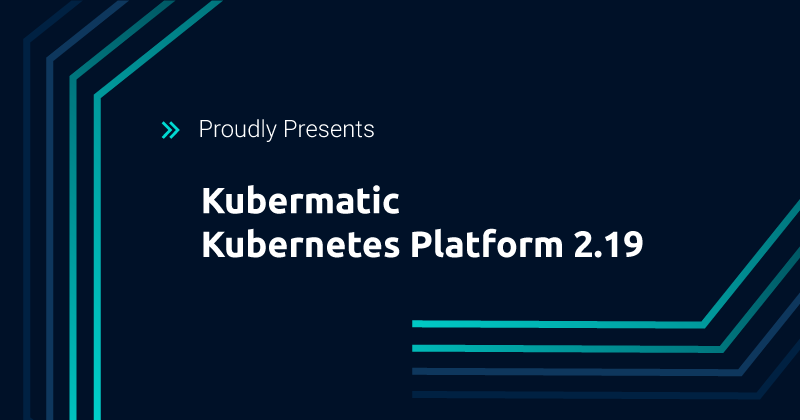It is with great excitement that we announce the latest release of Kubermatic Kubernetes Platform (KKP). The 2.19 release focuses on enhancing KKP’s edge and hybrid cloud capabilities and networking performance, enabling you to harness the power of Kubernetes with even greater ease and comfort. Compared to the previous release, this release was especially ambitious—our development team closed 40.8% more epics!
KKP users can now manage and upgrade external clusters directly from the KKP dashboard. Additionally, this release includes support for the experimental Operating System Manager (OSM), designed to pave the way for truely air-gapped environments. Moreover, KKP 2.19 introduces support for Cilium CNI, Hubble and Konnectivity for cutting-edge networking and network observability.
Lastly, with alpha support for Nutanix HCI, you enjoy even more flexibility no matter your preferred providers. Full support for Nutanix and Kubernetes 1.23 will soon be available in a patch release.
Read on for these and other key improvements:
All Your Clusters Under One Roof With External Cluster Support
(CE and EE)
Let’s face it, if your organization already runs a few Kubernetes deployments, your team is accessing multiple dashboards to get a status overview. Finally, get rid of this hassle! With KKP 2.19 you can monitor and operate your external clusters right from the KKP dashboard.
Import your existing AKS, EKS and GKE clusters and manage their entire lifecycle including upgrades and replica counts from our intuitive UI. View all cluster details, including status, machine deployments and machine deployment nodes from a single pane of glass. These features are implemented using purely API calls without relying on any sidecars or plugins.
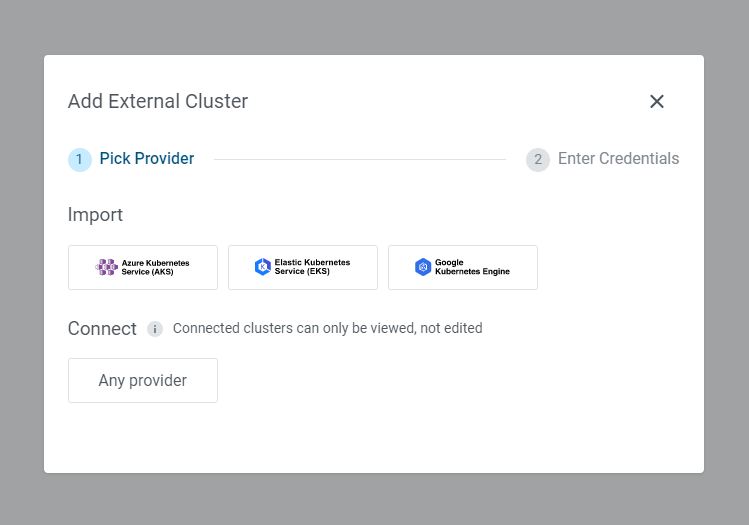
More Control Over Your Hybrid and Edge Deployments With OSM Support (Experimental)
(CE and EE)
Air-gapped environments are coming! With edge computing use cases on the rise, so is the need to deploy and operate applications in isolated and remote environments. KKP 2.19 adds experimental support for the Operating System Manager (OSM) to extend the functionality of the Kubermatic Machine-Controller. This gives you better control over your OS in hybrid cloud and edge environments.
OSM is responsible for creating and managing the required configurations for worker nodes in a Kubernetes cluster. It decouples the operating system configurations into dedicated and isolated resources. This provides better modularity and maintenance and is an essential milestone towards fully air-gapped clusters, which is on our roadmap for the next release. Stay tuned!
Best-in-Class Networking with Cilium Support
(CE and EE)
One of the community-driven improvements of this release is the introduction of out-of-the-box Cilium CNI support. Cilium is a CNCF incubating project that provides, secures and observes network connectivity between container workloads in a truly cloud native way. To enhance the Cilium user experience with KKP, we also integrated the Hubble add-on. With this add-on you can observe your network and security with complete transparency from the Hubble UI.
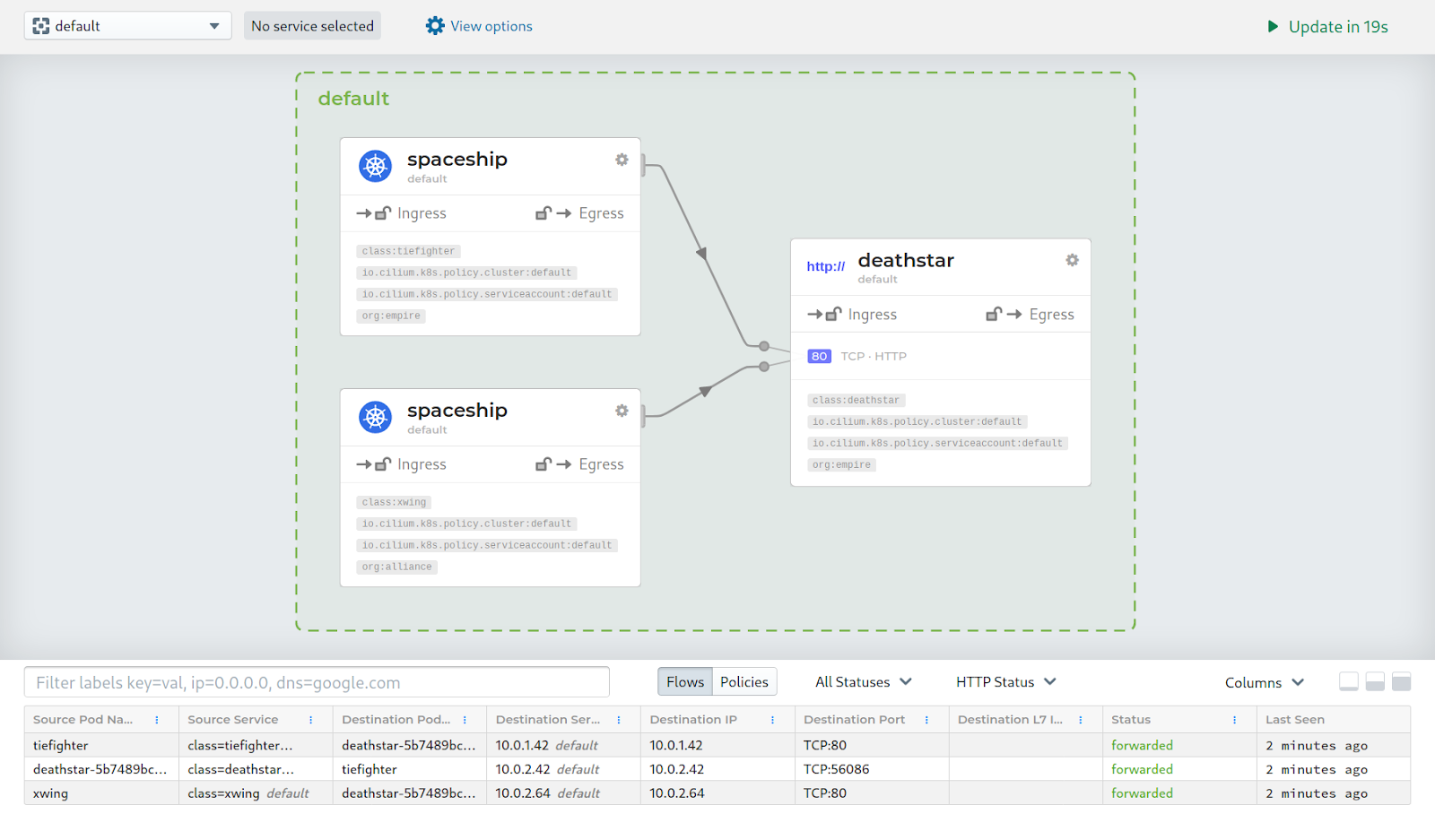
With Cilium CNI support, KKP users can now choose between the two most popular CNIs Canal and Cilium or simply add and manage a CNI of their choice; regardless of whether it’s supported by KKP or not.
- Both Cilium and Canal can be made default at the same time. Either one will be installed into the user cluster based on your preference.
- Additionally, KKP 2.19 supports CNI type “none” for special cases where the built-in CNIs may not be sufficient. By selecting “none” KKP ensures that no CNI is installed in the user cluster and CNI management is left completely up to the user.
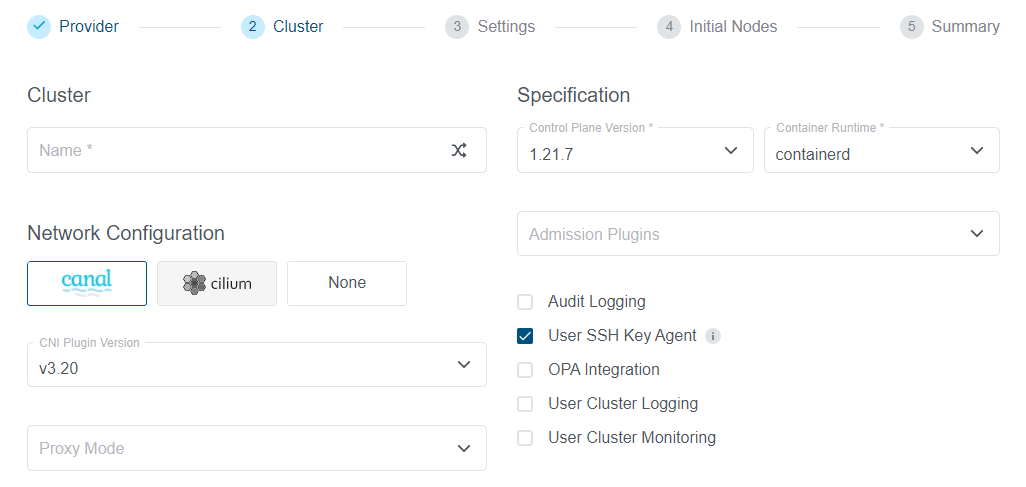
Enhanced Control Plane Networking with Konnectivity Support
(CE and EE)
To harness the power of Cilium with eBPF, KKP 2.19 comes with added Konnectivity support. It provides a TCP level proxy for the control plane (seed cluster) to worker nodes (user cluster) communication. It is based on the upstream apiserver-network-proxy project and replaces the older KKP-specific solution based on OpenVPN and network address translation.
Konnectivity has a higher adoption rate within the Kubernetes ecosystem, and has better performance and greater fault tolerance compared to the previous OpenVPN solution.

When the Konnectivity feature is enabled in KubermaticConfiguration, Konnectivity is preselected when configuring Network Configuration for new clusters. In order to use Cilium with eBPF, this option needs to remain activated.
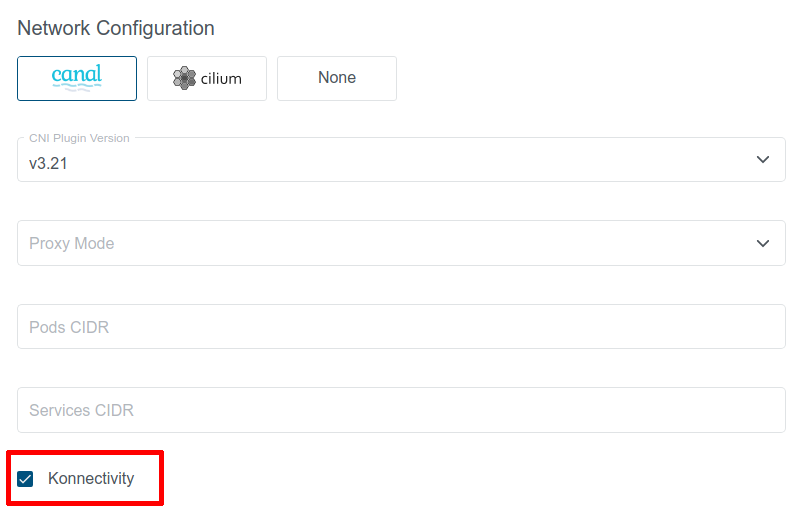
Existing clusters that are using OpenVPN can be migrated to Konnectivity at any time via the “Edit Cluster” dialog in the KKP UI.
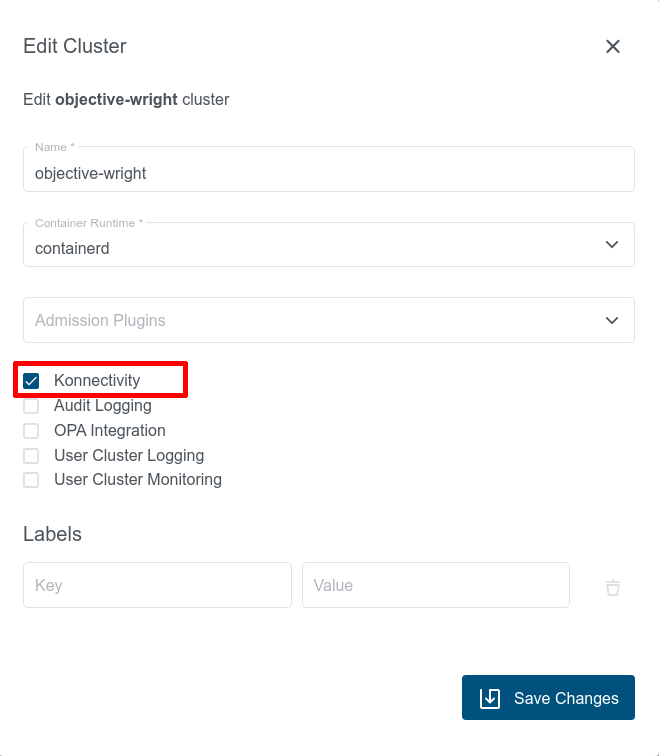
Multiple Backup Locations for Improved Business Continuity
As KKP Admin, you can now configure multiple backup destinations from the UI Admin Panel. Users can select daily, weekly, monthly or customized backup options.
We hope you like and enjoy the new capabilities that our new release offers. As always, we are very interested in your feedback on your KKP experience. You can reach us via Github, Slack, or lots of other ways.
Learn More
- Check out the entire Changelog
- Watch a KKP product walkthrough
- Dig into our documentation
